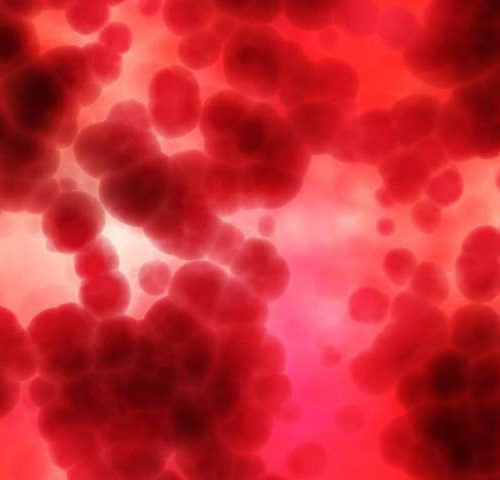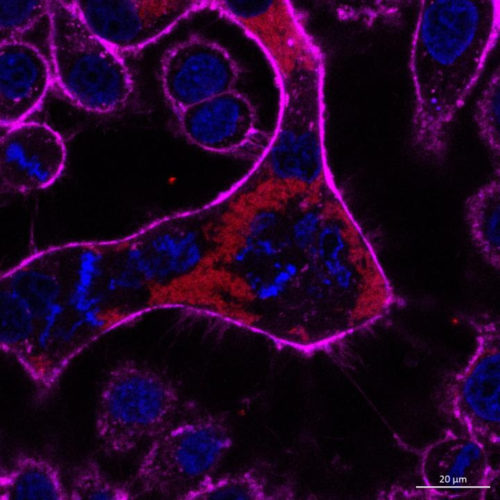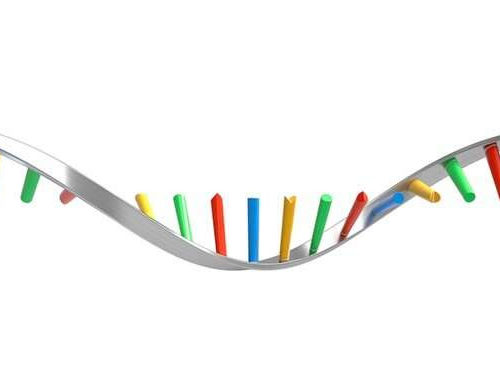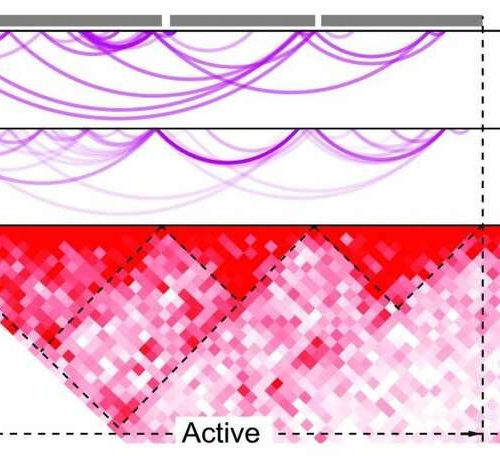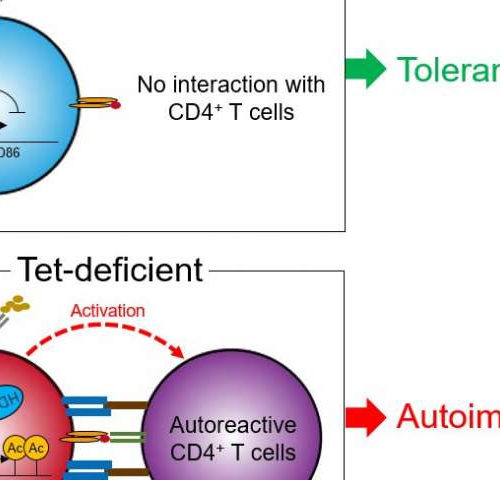MEDGADGET EDITORS GENETICS, NANOMEDICINE, OPHTHALMOLOGY Wet age-related macular degeneration and a number of other eye diseases, including congenital conditions, are related to mutated genes that result in blood vessel abnormalities. These can be treated with gene therapy, but delivering genetic material has proven to be difficult when dealing with large gene sequences that are common...
Tag: <span>DNA</span>
Mapping the immune landscape of hematological cancers may help to enhance therapies
by University of Helsinki Activating the immune system is a promising form of cancer treatment. Researchers at the University of Helsinki and Helsinki University Hospital as well as the University of Eastern Finland mapped out the immune landscape of hematological malignancies in a dataset covering more than 10,000 patients to identify drug targets and patient...
X-ray scattering shines light on protein folding
Multiple forms of a non-functional, unfolded protein follow different pathways and timelines to reach its folded, functional state, a study reveals THE KOREA ADVANCED INSTITUTE OF SCIENCE AND TECHNOLOGY (KAIST) THE SCIENTISTS FOUND THAT NON-FUNCTIONAL UNFOLDED FORMS OF THE PROTEIN CYTOCHROME C FOLLOW DIFFERENT PATHWAYS AND TIMELINES TO REACH A STABLE FUNCTIONAL FOLDED STATE. view...
Spatial mapping method pinpoints potential new therapeutic targets in lupus
by Children’s Hospital of Philadelphia A team of researchers from Children’s Hospital of Philadelphia (CHOP) used a new method of pinpointing potential disease-causing changes in the genome to identify two new potential therapeutic targets for lupus, while also paving the way for more accurately identifying disease-causing variations in other autoimmune disorders. The findings were published...
Host cell fusion in bacteria infection alarms immune system, causing host cell destruction
NATIONAL UNIVERSITY OF SINGAPORE, YONG LOO LIN SCHOOL OF MEDICINE A GIANT CELL RESULTING FROM BURKHOLDERIA INFECTION UNDERGOING ABORTIVE CELL DIVISION. PART 1: THE GENETIC MATERIAL IN THE GIANT CELL IS HIGHLY CONDENSED, SIMILAR TO WHAT HAPPENS DURING NORMAL CELL… view more CREDIT: DR GAN YUNN HWEN Burkholderia pseudomallei is a bacterium in the soil...
RNA key in helping stem cells know what to become
Findings could lead to new therapies for cancer, heart abnormalities UNIVERSITY OF COLORADO AT BOULDER Look deep inside our cells, and you’ll find that each has an identical genome -a complete set of genes that provides the instructions for our cells’ form and function. But if each blueprint is identical, why does an eye cell...
Researchers develop new approach to study the genetics of human disease
by Sheila Evans, University of Chicago Medical Center Many heritable immune diseases such as rheumatoid arthritis and blood-cell related traits derive from critical proteins not being made or not functioning correctly. But exactly how a person’s genes, the regulation of these genes and how the resulting proteins interact to cause disease is not widely understood....
A different Chia-PET provides insight into prostate cancer
by UT Southwestern Medical Center This graphic illustrates three-dimensional genome organization maps obtained form a representative metastatic cancer cell line. Credit: UT Southwestern Medical Center UT Southwestern researchers have identified vast webs of small snippets of the genome that interact with each other and with genes to promote prostate cancer. Their findings, published June 22...
Contrary to popular claim on social media, RNA vaccines do not alter our DNA
Inaccurate: RNA from a vaccine would not be able to directly alter our DNA, in part because of the chemical differences between the two nucleic acids. RNA also would not persist long enough to cause autoimmunity. Autoimmune diseases are chronic in nature, whereas RNA has a very short lifespan, being quickly degraded after it has...
The protein that stands between us and autoimmunity
by Osaka University Tet-mediated B cell tolerance Tet2/3-deficient B cells are activated by self-antigen and express exaggerated amount of CD86. Then those B cells stimulate autoreactive CD4+ T cells, resulting in autoimmune response. Credit: Osaka University The immune system is supposed to protect from external microbial invaders, but sometimes it turns its efforts inward, potentially...


